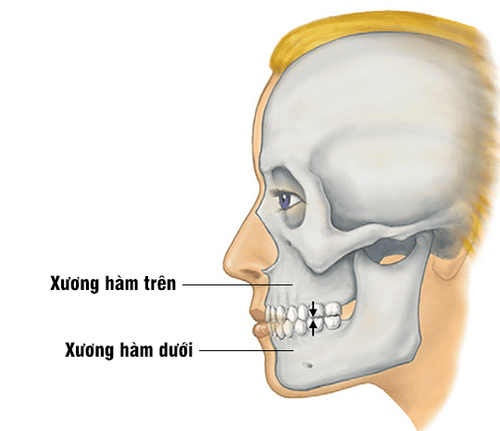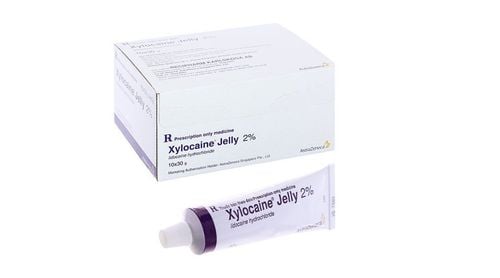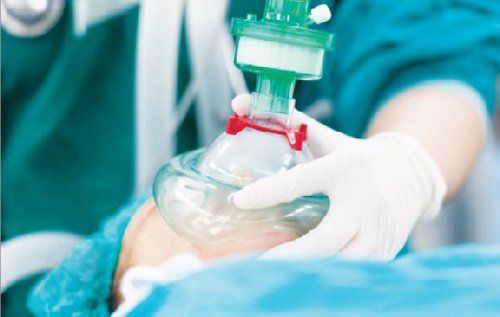This is an automatically translated article.
The article is professionally consulted by Master, Doctor Tong Van Hoan - Emergency Medicine Doctor - Emergency Department - Vinmec Danang International Hospital. Doctor with 10 years of experience in the field of Emergency Resuscitation.1. Signs of maxillofacial trauma
Maxillofacial trauma is defined as an injury that is limited from the lower part by the mandible, the upper part to the scalp and ears. Signs of maxillofacial trauma vary widely, depending on the type of injury. Maxillofacial trauma can be:Soft tissue trauma such as: Injury to cheeks, lips, tongue with lesions of different depth, length. The maxillofacial software has many clinging muscle groups, so it's difficult to treat the wound, if you don't pay attention to the landmarks that can disturb the face. In addition, the maxillofacial region has nerves and salivary ducts that, if not handled properly, can cause complications later on such as facial numbness, saliva leakage into the skin,... Jawbone trauma: Possible trauma to the upper or lower jaw. In particular, the upper jaw is a spongy bone that is softer than the lower jaw, so it is more prone to injury, but it is easier to heal. Trauma to teeth: May leave the consequences that the teeth are dead pulp leading to inflammation of the apex, tooth abscess, tooth extraction.
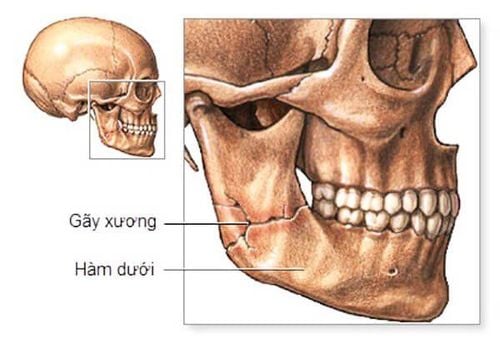
2. Control the airway in patients with maxillofacial trauma
Safe and optimal airway management for patients with maxillofacial trauma requires careful assessment of the nature of the injury. There are a number of severe maxillofacial injuries that require immediate treatment, particularly acute upper airway involvement and/or heavy bleeding. There are six specific situations associated with maxillofacial trauma, which can adversely affect the airway (Hutchison I, 1990):(1) Mandibular fracture displaced posteriorly and downward parallel to the inclined plane of the floor of the skull can obstruct the nasopharyngeal airway.
(2) Bilateral anterior mandibular fractures may result in fractured symphysis and posterior tongue slip and oropharyngeal obstruction in supine patients.
(3) Tooth loss/loss or broken teeth, broken bones, vomiting, blood, secretions as well as foreign bodies such as dentures, debris, and sharp fragments that can obstruct the airway anywhere along the mouth pharynx and larynx.
(4) Bleeding from blood vessels in open wounds or heavy nosebleeds due to the complicated blood supply of the nose can also contribute to airway obstruction.
(5) Soft tissue swelling and edema due to head and neck trauma can lead to late airway complications.
(6) Trauma to the larynx and trachea can cause edema and displacement of structures such as the epiglottis, arytenoid cartilages, and vocal cords, thereby increasing the risk of airway obstruction neck area.
High suspicion, meticulous examination and close follow-up of the patient can help detect such situations early and facilitate proper and timely management to avoid future complications. Once the airway is controlled and bleeding is controlled at all sites, a CT scan of the patient's head and neck should be performed with contrast, to examine the vascular structures surrounding the sites of injury and Provides detailed information on the type and extent of injury, for thorough control of bone and soft tissue injuries. Radiological imaging and radical maxillofacial surgery may be delayed until all life- and/or organ-threatening lesions are well controlled.
2.1. Techniques for opening the airways Correction of the patient's position (when the patient is unresponsive): If the patient is lying on his side or on his stomach, use the head, trunk, and limbs to be turned over at the same time. log flipping technique) to return the patient to the supine position. Open the airway by tilting the head or holding the jaw, depending on the specific injury. Tongue enema is one of the common causes of airway obstruction, applying posture corrections helps to pull the tongue forward and open the airway.
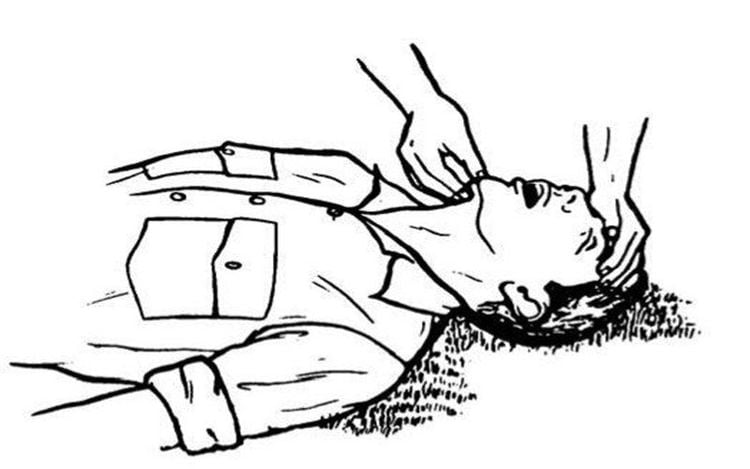
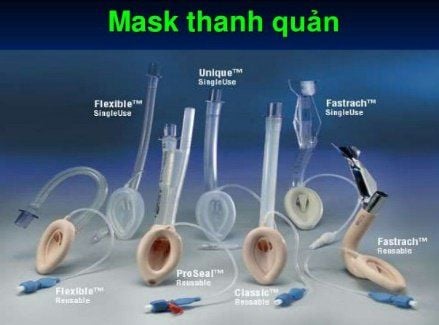
Airway control is a procedure performed in emergency, surgical,... routine cases at Vinmec. Accordingly, the airway control process at Vinmec is carried out methodically and in accordance with the process standards by a team of highly skilled medical doctors and modern machinery. Thanks to that, many patients have escaped danger and limited complications after the process of controlling the airway.
Please dial HOTLINE for more information or register for an appointment HERE. Download MyVinmec app to make appointments faster and to manage your bookings easily.






